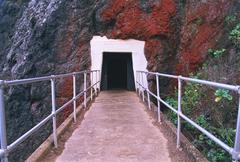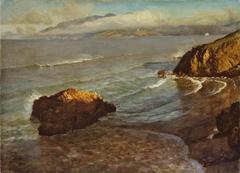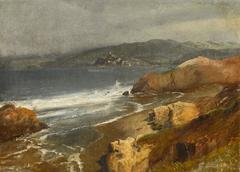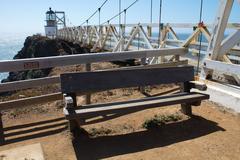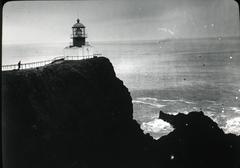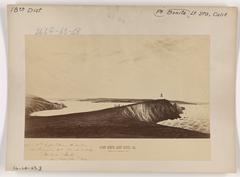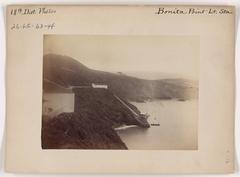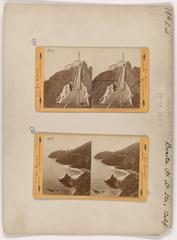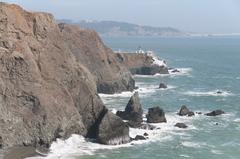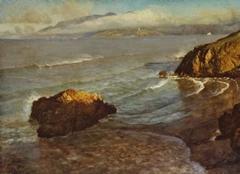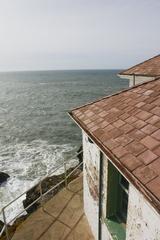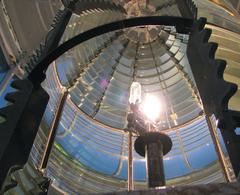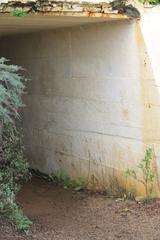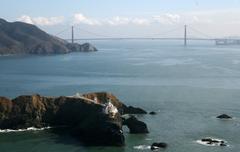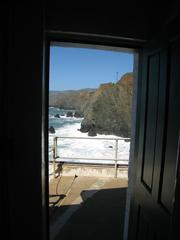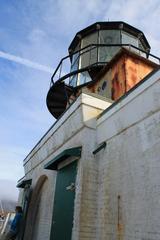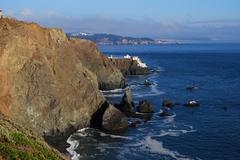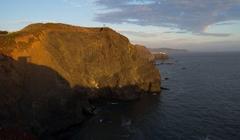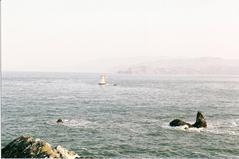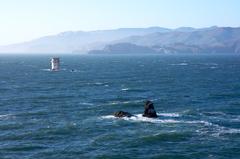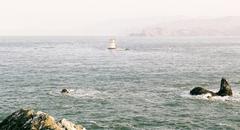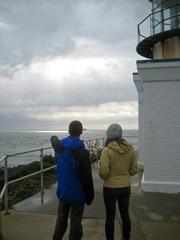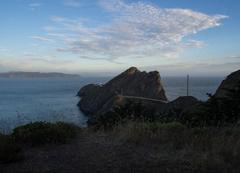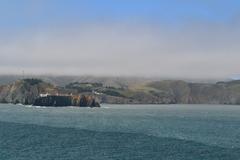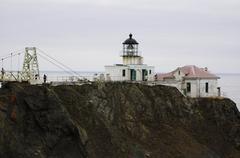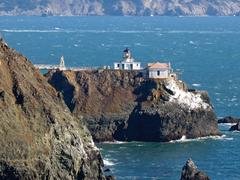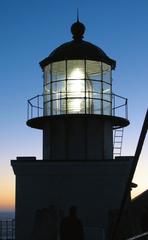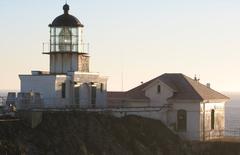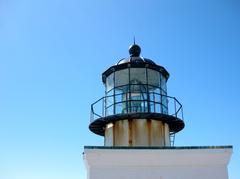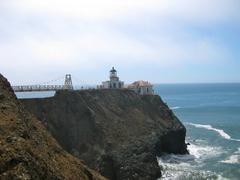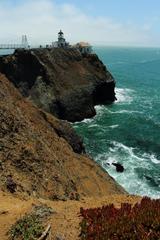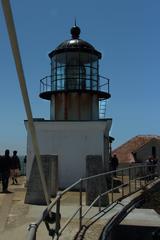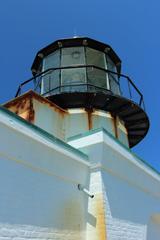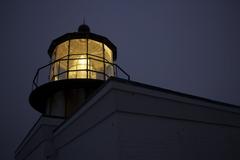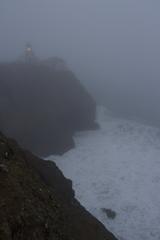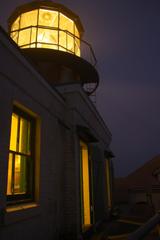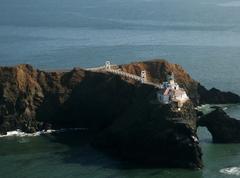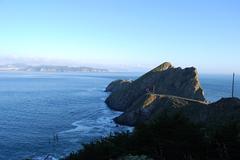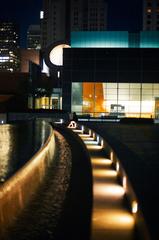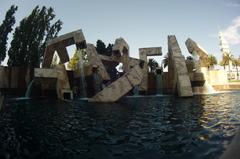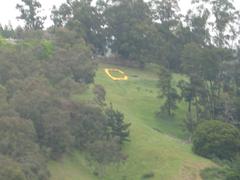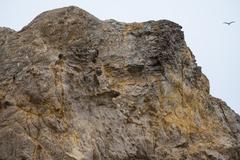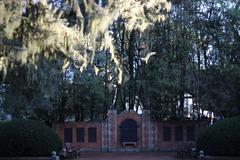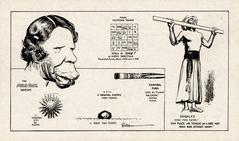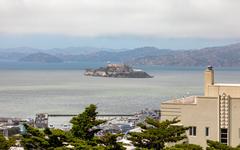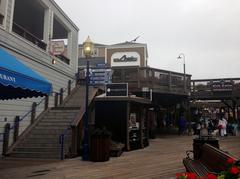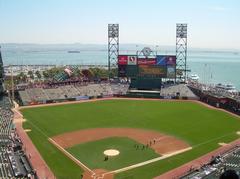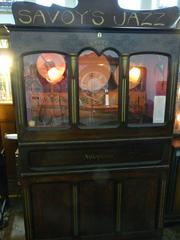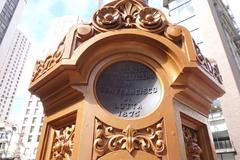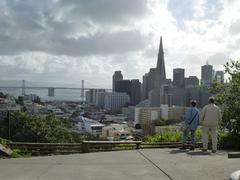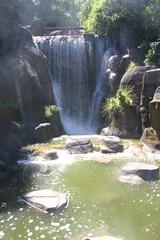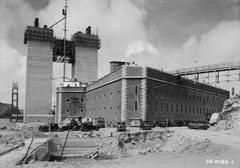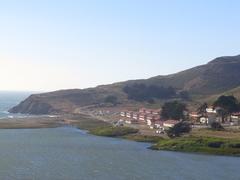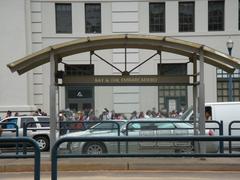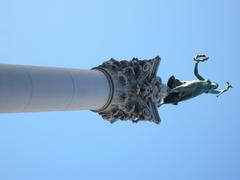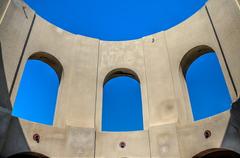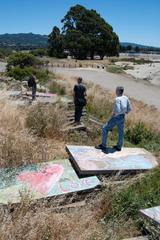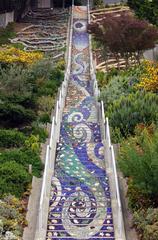
Visiting Point Bonita Light Station: Hours, Tickets, and Tips
Date: 22/07/2024
Introduction
Nestled at the entrance to the San Francisco Bay, Point Bonita Light Station is a captivating historical site that offers visitors a glimpse into the rich maritime history of the West Coast. First lit in 1855, this lighthouse played an essential role in guiding ships through the treacherous waters of the Golden Gate Strait, particularly during the California Gold Rush. The lighthouse’s relocation in 1877 to a lower elevation marked a significant engineering feat designed to enhance its visibility amidst the frequent fog that characterizes the area. Today, Point Bonita Light Station is part of the Golden Gate National Recreation Area and continues to serve as an active navigational aid while also offering educational tours and stunning views to its visitors (National Park Service). This guide provides a comprehensive overview of the history, visiting hours, ticket information, travel tips, and more, ensuring that your visit to this remarkable landmark is both informative and enjoyable.
Table of Contents
- [Introduction](#introductionintroduction)
- [History of Point Bonita Light Station](#history-of-point-bonita-light-stationhistory-of-point-bonita-light-station)
- [Establishment and Early Years](#establishment-and-early-yearsestablishment-and-early-years)
- [Relocation and Reconstruction](#relocation-and-reconstructionrelocation-and-reconstruction)
- [Technological Advancements](#technological-advancementstechnological-advancements)
- [Historical Significance](#historical-significancehistorical-significance)
- [Visiting Information](#visiting-informationvisiting-information)
- [Visiting Hours and Tickets](#visiting-hours-and-ticketsvisiting-hours-and-tickets)
- [Travel Tips](#travel-tipstravel-tips)
- [Accessibility](#accessibilityaccessibility)
- [Nearby Attractions](#nearby-attractionsnearby-attractions)
- [Preservation Efforts](#preservation-effortspreservation-efforts)
- [Cultural Impact](#cultural-impactcultural-impact)
- [Notable Events](#notable-eventsnotable-events)
- [Modern-Day Relevance](#modern-day-relevancemodern-day-relevance)
- [FAQ Section](#faq-sectionfaq-section)
- [Conclusion](#conclusionconclusion)
History of Point Bonita Light Station
Establishment and Early Years
Point Bonita Light Station, first lit on May 2, 1855, was the third lighthouse built on the West Coast of the United States, following the Alcatraz Island Light and the Point Pinos Light. Initially constructed on a high cliff, the original lighthouse was often shrouded in fog, obscuring its light from ships.
Relocation and Reconstruction
In 1877, the lighthouse was relocated to a lower elevation to improve visibility. This move was crucial for maritime safety, as the new location allowed the light to cut through the dense fog frequently enveloping the area. The new lighthouse was equipped with a Fresnel lens, enhancing its range and effectiveness. This lens allowed the light to be visible from up to 18 miles away, providing a critical navigational aid for ships entering the Golden Gate.
Technological Advancements
Over the years, Point Bonita Light Station has seen numerous technological advancements. In 1939, the United States Coast Guard took over the operation of the lighthouse, and in 1979, the light was automated, eliminating the need for a full-time lighthouse keeper.
Historical Significance
Point Bonita Light Station holds significant historical value for its role in maritime navigation and its architectural and engineering achievements. The lighthouse is part of the Golden Gate National Recreation Area and is listed on the National Register of Historic Places.
Visiting Information
Visiting Hours and Tickets
Access to Point Bonita Light Station is subject to specific visiting hours. It is open to the public on Sundays and Mondays from 12:30 PM to 3:30 PM. Guided tours are available and provide in-depth information about the lighthouse’s history and technological advancements. There is no admission fee, but donations are appreciated to help with preservation efforts.
Travel Tips
Visitors can reach the lighthouse via a scenic but sometimes challenging trail, including a suspension bridge offering stunning views. It is recommended to wear sturdy footwear and prepare for changing weather conditions. The area can be windy and foggy, so dressing in layers is advisable.
Accessibility
While the trail to the lighthouse includes some steep and narrow sections, efforts are in place to improve accessibility for individuals with disabilities. The National Park Service offers specific information and assistance for visitors with special needs. It is advisable to check with the service before planning your visit.
Nearby Attractions
While visiting Point Bonita Light Station, consider exploring other nearby attractions within the Golden Gate National Recreation Area. These include the Marin Headlands, the Nike Missile Site, and the Marine Mammal Center. Each offers unique experiences and insights into the natural and historical significance of the area.
Preservation Efforts
The National Park Service manages Point Bonita Light Station and has undertaken several restoration projects to maintain the lighthouse and its surrounding structures. These efforts ensure that the lighthouse remains a functional navigational aid while preserving its historical integrity for future generations.
Cultural Impact
Point Bonita Light Station has had a significant cultural impact, featuring in various works of art, literature, and media. It symbolizes the rugged beauty and historical depth of the San Francisco Bay Area and continues to be a popular destination for tourists and locals alike.
Notable Events
During World War II, Point Bonita Light Station played a crucial role in coastal defense. The surrounding area was fortified to protect against potential enemy attacks, making the lighthouse an essential part of the coastal defense system.
Modern-Day Relevance
Today, Point Bonita Light Station continues to serve as an active navigational aid, guiding ships safely through the Golden Gate. It also serves as an educational site, with the National Park Service offering guided tours that provide insights into the lighthouse’s history and role in maritime navigation.
FAQ Section
What are the visiting hours for Point Bonita Light Station? The lighthouse is open to the public on Sundays and Mondays from 12:30 PM to 3:30 PM.
Is there an admission fee? There is no admission fee, but donations are appreciated to help with preservation efforts.
How do I get to Point Bonita Light Station? Visitors can reach the lighthouse via a scenic trail that includes a suspension bridge. It is advisable to wear sturdy footwear and be prepared for changing weather conditions.
Is the lighthouse accessible for individuals with disabilities? Efforts are in place to improve accessibility for individuals with disabilities. It is advisable to check with the National Park Service for specific information and assistance.
Conclusion
Point Bonita Light Station stands as a beacon of maritime history and technological progress. Its rich history, from its establishment in 1855 to its modern-day relevance, reflects the broader narrative of maritime safety and innovation. Visitors to the lighthouse can enjoy its stunning views and historical significance and gain a deeper understanding of its critical role in guiding ships safely through the treacherous waters of the San Francisco Bay. For more information, visit the National Park Service website.
References
- National Park Service. (n.d.). Point Bonita Lighthouse. Retrieved from https://www.nps.gov/goga/planyourvisit/point-bonita-lighthouse.htm
- Lighthouse Friends. (n.d.). Point Bonita Lighthouse. Retrieved from https://www.lighthousefriends.com/light.asp?ID=66
- United States Coast Guard. (n.d.). Retrieved from https://www.uscg.mil/
- California State Parks. (n.d.). Retrieved from https://www.parks.ca.gov/
- Golden Gate National Parks Conservancy. (n.d.). Retrieved from https://www.parksconservancy.org/
- Marin History Museum. (n.d.). Retrieved from https://www.marinhistory.org/
- U.S. Lighthouse Society. (n.d.). Retrieved from https://uslhs.org/
- San Francisco Travel Association. (n.d.). Retrieved from https://www.sftravel.com/
